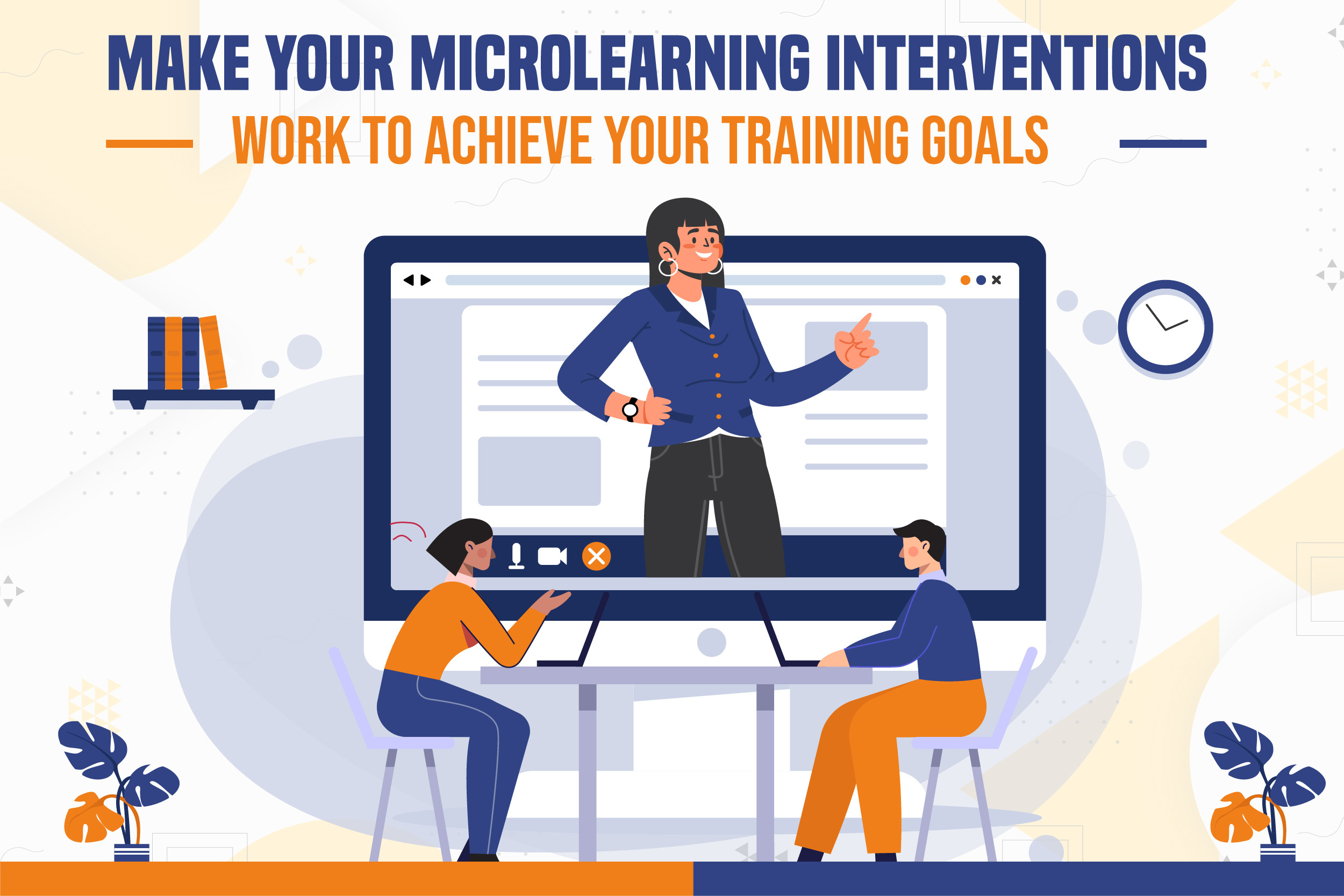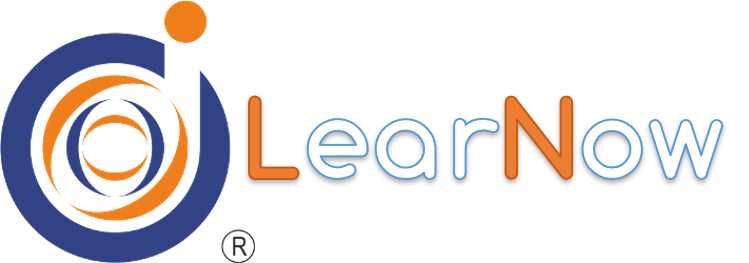
Make Your Microlearning Interventions Work To Achieve Your Training Goals
Can you gorge on a full platter of food all at once? Even if you can (hypothetically though) you won’t be able to enjoy the taste and flavor of the food, would you? Well, the process of learning and absorbing knowledge is no exception. Yet not clear? Okay! it will make sense once you know about microlearning.
Microlearning was once referred to as bite-sized learning when it was first created, or rather, discovered. Instructional designers and L&D managers soon became interested in the phrase and believed it was a useful tool to have in your toolbox. Many IDs believed it to be the cure-all for every problem plaguing the training industry. This was founded on the idea that there is a limit to how much knowledge the human brain can store at one time, and bite-sized learning directly tackles this.
The Illusion Of Short Attention Spans
Everyone embraced the concept when it was recognized as one of the greatest discoveries. But this was where the fallacy was. The hypothesis was founded on the notion that individuals have constrained attention spans and that the human brain can only store a finite amount of data. This is pseudoscience and has no evidential support in the actual world, as numerous experts have noted. It’s a known fact that if you have something that intrigues you or grabs your interest, you won’t mind spending hours behind it in learning that. The idea that mobile learning is the same as microlearning has also emerged, but for a shorter time.
Where Are We Right Now?
Therefore, as of now, we need to abandon the notion of attention spans when it comes to microlearning. We also understand the differences between microlearning and mobile learning which many Leadership Training Programs provide. Microlearning consists of brief lessons that are focused on a single learning objective and often only take a few minutes to complete.
In contrast, mobile learning refers to knowledge that may be accessed via an android phone or tablet and is essentially learning while on the move. Microlearning principles are used in mobile learning, of course, but they may also be used in more traditional eLearning.
How Can You Make Learning Be Truly Micro In Learning?
To be really "micro," learning must adhere to the following principles described below:
1. A Unique Content
Microlearning must be seen as a standalone educational component. It must be related to a certain subject. Rather than discussing the past, the focus should be on a current necessity or issue, suppose the necessity of providing Transformational Leadership training. There should be a separate introduction, learning purpose, "how-to" content piece, task, and conclusion for this bite-sized piece. It shouldn't be a little portion of a vast cosmos. In a nutshell, it is not required to be a component of a lengthy course or one with several cross-references.
2. Clearly Stated Learning Goals
According to the material that has to be taught, each learning target needs to be precisely specified. The 4-mat model stands out among the many ID models because it is most pertinent to microlearning. The four components—"what," "why," "how," and "what if"—can be utilized to make an effective microlearning course quickly. If we concentrate on the subject's what and how it effectively meets the condition.
3. Utilizing A Game-based Approach Or Rich Multimedia
Even while we may choose to use mobile learning, we may not always be providing effective learning. This is due to the fact that microlearning is simply not appropriate when we have to instruct our learners on a substantial amount of topic information or when the subject needs in-depth learning.
For instance, microlearning is ideal for learning specific terms or basic interactions in a given language, while eLearning is helpful when you need to learn the entire language. When you want your learners to link numerous linked themes together into a cohesive, "macro" image in your Leadership Training Programs, you should also prevent microlearning. In every way, microlearning is exactly that—micro.
Final words
Since microlearning makes it simple to ingest knowledge while on the go, it connects with learners, which contributes to its efficacy. For instance, field-based sales executives may study wherever they are in their preferred format to get specialized product knowledge. As a result, microlearning is regarded as an efficient and practical learning strategy. So if you’ve yet not witnessed the benefits of microlearning, include it in your training programs today to get the perfect usage of the knowledge you deliver from your workforce.
